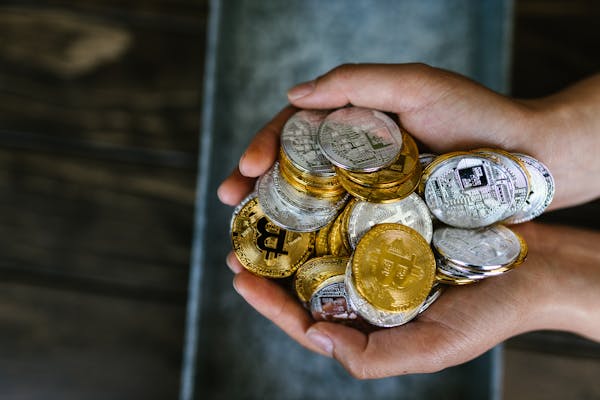A cryptocurrency exchange is a platform that allows investors to buy and sell digital currencies and tokens. They can be centralized or decentralized. They also offer different fees, trading pairs and customer support systems.
When choosing an exchange, look for one that discloses its cryptocurrency reserves. If an exchange tries to keep these secret, it could be a red flag that the company is undercapitalized or illegitimate. Find out more at Cryptsy.com.
Liquidity
Liquidity is the number of buy and sell orders on a cryptocurrency market (trading pair). The higher the liquidity, the more likely prices will be stable. Cryptocurrency exchanges rely on liquidity providers to ensure flawless trade execution and reduce price volatility. These LPs provide an automated pool of tokens that users or businesses can take to complete their orders.
The quality of an exchange’s liquidity can significantly affect the trading experience and risk profile of its traders. It’s important to compare the liquidity of different exchanges and take into account temporal and geographical factors.
For example, a gold bar is more liquid than a rare artwork because it has an established value and has a large group of interested buyers. In the case of cryptocurrencies, however, liquidity can fluctuate, and even well-established coins can be illiquid at times. In this way, it is important to know what you’re getting into before investing your hard-earned money.
Trading pairs
Trading pairs are a key component of trading on cryptocurrency exchanges. They represent a convenient way to compare the value of different assets and offer a variety of opportunities for profits. However, traders should be aware of the risks involved in trading pairs. For example, if the price of a crypto asset rises against another, it can cause your trade to lose value. Therefore, it is important to check the trading volume of a pair before making any trades.

Trading pairs are a symbiosis of economic approaches and technological work-throughs that are used to create pairing systems for both centralized and decentralized exchanges. Traders can buy or sell a cryptocurrency in a particular pair by using the base currency to calculate the amount of quote currency required to complete the transaction. This allows traders to take advantage of the benefits of diversification, which mitigates risk and provides greater potential for gains in the long run.
Fees
The cost of a cryptocurrency transaction can vary depending on a variety of factors. For example, the spread between the buy and sell prices can act as a de facto fee for some transactions. Cryptocurrency exchange fees can also fluctuate on a regular basis and depend on the trading volume and market volatility of each marketplace. In general, higher volume traders pay lower fees than low-volume traders.
Most regulated crypto exchanges charge fees to cover the costs of operating their platforms and connecting people looking for digital assets with those willing to sell them. These fees are typically based on a percentage of the total trade value and decrease with volume.
In addition to trading fees, most crypto exchanges also charge maintenance and deposit/withdrawal fees. These fees are used to maintain the blockchain networks and incentivize the people who verify transactions. The size of these fees can affect the amount of money you can withdraw from a crypto exchange.
Security
Security should be a top priority for any cryptocurrency exchange. A good crypto exchange should invest in and follow best practices for cybersecurity. It also needs to have a robust risk management process in place. These processes should include the use of two-factor authentication, secure cold storage, and other measures to protect its users.
Whether it’s centralized or decentralized, a crypto exchange should be registered as a money transmitter and disclose its cryptocurrency reserves. In addition, it should have a support system that is accessible via toll free numbers and a chat system.
It’s important to remember the old crypto adage, “Not your keys, not your coins.” If you keep your assets on an exchange’s custodial wallet, they have complete control over them. Therefore, it’s a good idea to transfer them into a hot or cold wallet that you control as soon as possible. This will help protect your investment from hackers and other malicious attacks.